A simple framework to manage your entire home.
Be in Control of Your Home
Owning a home is one of life’s biggest milestones, but let’s be honest, it can feel like a full-time job. Between surprise repairs, seasonal maintenance, and life’s everyday chaos, it’s easy to feel reactive instead of prepared. The good news? You don’t need to be a contractor (or spend your weekends fixing things) to stay ahead. What you do need is a simple plan that works all year long, a 12-month home maintenance guide. With this framework, you’ll stay ahead of costly repairs by preventing common issues like water damage and HVAC failures. As a homeowner, you want to protect your home and your investments ,and these simple steps go a long way toward doing so. You’ll feel confident in a crisis instead of caught unprepared and overwhelmed.
Why a Home Maintenance Calendar Works
Most major repairs happen because small issues are missed or ignored. A calendar helps you break things down into manageable tasks. Instead of reacting to problems, you’re being proactive by staying organized and putting yourself in control of unforeseen circumstances. And best of all, it frees up your mental space so you can enjoy your home, rather than stress over it.
Monthly Maintenance Checklist
January: Set the Foundation for the Year
In Georgia, the cold weather peaks in the early months of the year. Start the year strong by reviewing your homeowner’s insurance policies to ensure they reflect any updates or renovations to your home and that it covers water damage or pipe bursts. Make sure your coverage still fits your needs, especially if you’ve made any recent home improvements. Next, head up to the attic to inspect your insulation. Look for visible damage like mold, water stains, or pest infestations. Check if the insulation is evenly distributed and at the recommended depth for your area. (You can check the recommended depth here.) Poor insulation can lead to higher heating bills, so its maintenance is important and can save you money. Next, clean your washing machine hose screens to help your appliances run more efficiently. Your washing machine hose is the small silver pipes pictured below.
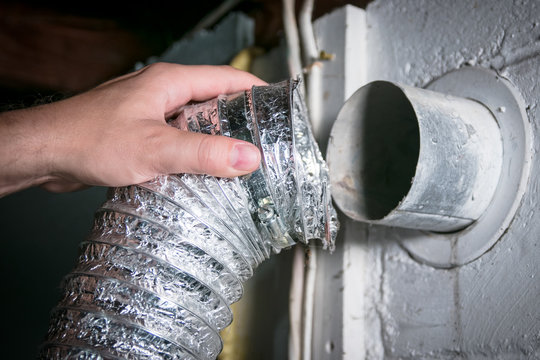
Start by unplugging the machine and turning off the water supply. Then, disconnect the hose from both the washing machine and the faucet. Inside the hoses there should be a screen where the water supply lines connect to the washing machine. Carefully extract the mesh screen and rinse it in water. Use a toothbrush to gently scrub off debris or buildup, if needed. You can also flush the hose with water from a garden hose if you feel it’s necessary. Then unplug the dryer and disconnect the vent hose from both the dryer and the wall. This is the large silver tub attached to your dryer that is pictured below. Use a vacuum with a hose attachment to remove lint and debris from the hose and the back of the dryer. This is an extremely important task that should be done once a year to reduce fire hazards in your home. Don’t forget to reconnect the vent hose and washing machine hose and ensure they are properly secured.
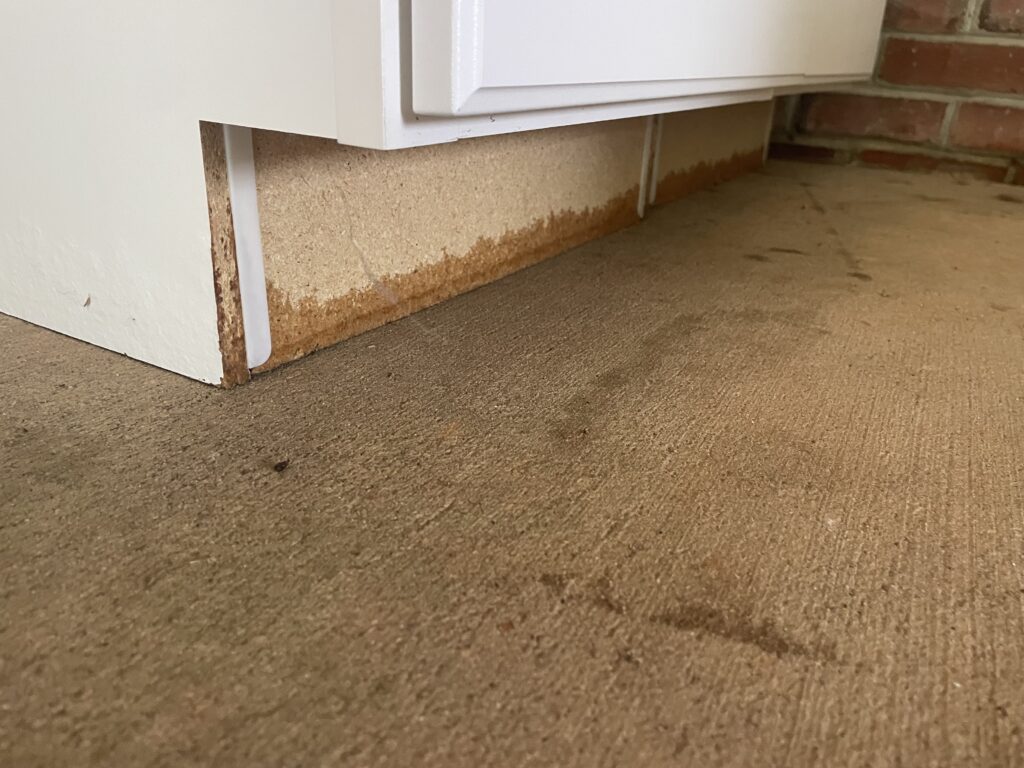
February: Prevent Storm Damage
February might be the shortest month of the year, but it’s the perfect time to stay ahead of potential damage in your home. Start by trimming back any tree limbs that are hanging close to your house, roof, or power lines. During a storm, you want limbs far enough away to avoid damage from falling debris. Next, clean out your gutters and downspouts thoroughly to make sure water is draining away from your foundation. Ensure that all gutters have downspouts that are pointing out so that the water is going away from your home in order to prevent flooding or damage to your crawlspace. Then, take a flashlight and check under all sinks for signs of dripping water, moisture stains, mildew, or warped floors. The picture below shows some signs to look for. Even small leaks in these areas can lead to hidden mold and water damage over time. If you spot something, call Restore Pros at 706-850-1600.
March: Spring Prep
March is the perfect time to focus on home safety and get ready for the warmer months. Start by testing your smoke detectors and carbon monoxide alarms. Press the test button on each unit and replace the batteries if needed. If your detectors are over 10 years old, consider replacing them entirely. If you have an irrigation system, this is a great time to test it before spring planting begins. Turn it on and check for broken sprinkler heads, uneven spray patterns, or signs of underground leaks. If you do spot any issues, be sure to contact a professional. Walk around the exterior of your home and inspect for cracked siding, peeling paint or loose trim. If you see damage, be sure to document it and contact a professional. While you are walking around your home, go ahead and open your crawlspace vents to allow for ventilation as the weather starts to warm.
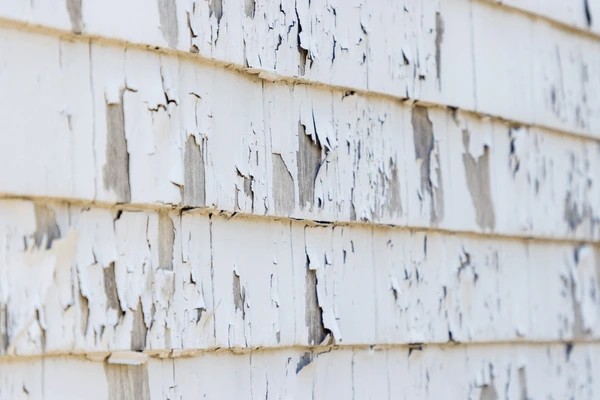
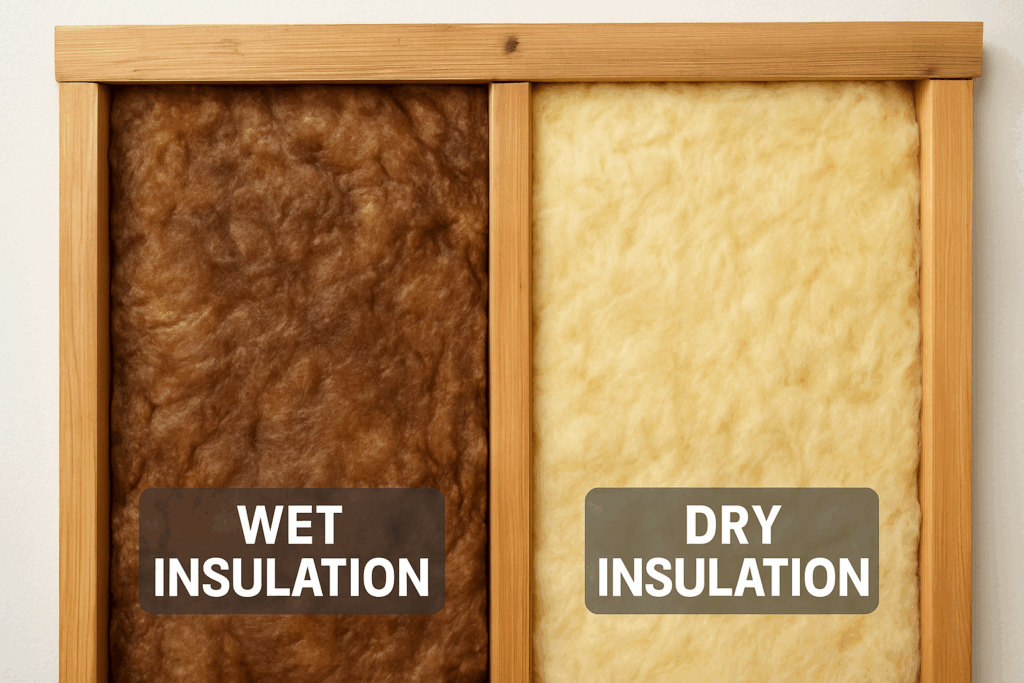
April: Moisture Control and Comfort Check
As spring rains arrive, moisture control becomes more important than ever. Inspect your crawlspace by looking for any standing water, wet insulation, condensation on pipes or beams, or musty odors. All of these could indicate drainage issues or hidden leaks. Look for insulation that is clumped together or appears sunken. Insulation sags down or falls when it is wet. If you do notice any of these signs, contact Restore Pros at 706-850-1600. After dark, test your outdoor lighting to ensure that all fixtures are working properly. Well-lit walkways and entry points are important for both safety and curb appeal. And finally, schedule a professional HVAC maintenance service to ensure your cooling system is clean, efficient, and ready for the rising temperatures of summer. HVAC systems must be inspected at least once a year, though twice a year is recommended.
May: Exterior Refresh and Energy Efficiency
May is the perfect month to freshen up your home’s exterior and prepare it for summer. Begin by washing your windows and doors, not just to remove pollen and grime, but also to inspect for any damaged seals, cracked glass, or water stains. Then, power wash your siding, porch, and walkways to remove mildew, moss, or buildup from the winter months. Once everything is clean and dry, inspect the seals around windows and doors. Apply new caulk where needed and replace any cracked or missing weatherstripping. This simple step can help to improve cooling efficiency and keep bugs out of your home. Another tip is to seal your granite counter tops to protect from stains and moisture.
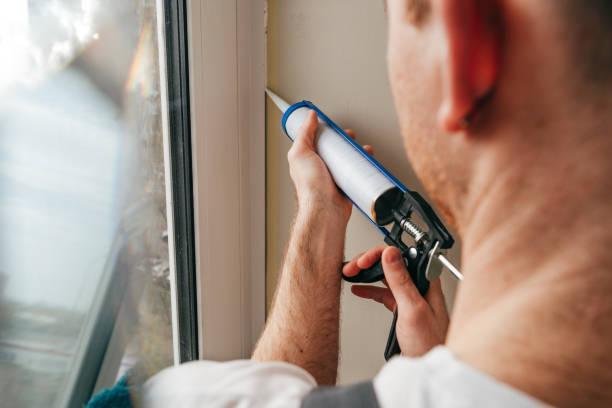
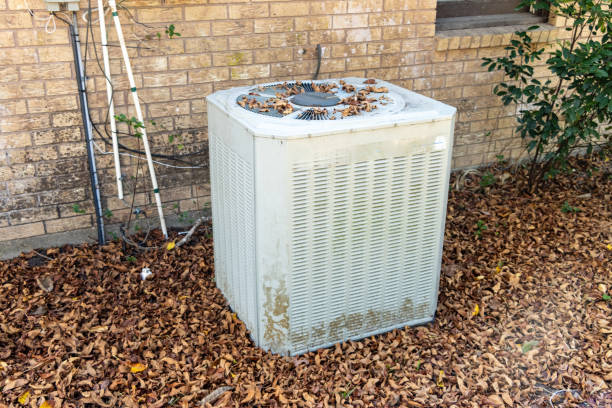
June: Focus on Cooling
As temperatures rise, your home’s cooling and exterior condition deserve attention. Clear away grass clippings, leaves, and debris from around your outdoor AC unit, and ensure at least two feet of clearance around it for proper airflow. Inspect the exterior of your home for chipped paint, cracked siding, loose bricks, or gaps around windows any of which could allow water or pests to enter. Be on the lookout for signs of pest activity such as ant trails, wasp nests under leaves, or rodent droppings in garages or crawlspaces. If you notice any of these signs, be sure to contact a professional.
July: Mid-Summer Airflow Checks
The summer heat and humidity can lead to moisture buildup, which makes this a great time to check high-risk areas. Climb into your attic and look for signs of rodents, such as droppings or nests, and check for insulation that appears wet, moldy, or disturbed. In your bathrooms, inspect and clean the exhaust fans to ensure they’re venting properly and not blocked by dust, which can trap humidity and lead to mold. Finally, examine your windows for signs of condensation between panes or on the glass. This could indicate poor insulation or high indoor humidity levels.
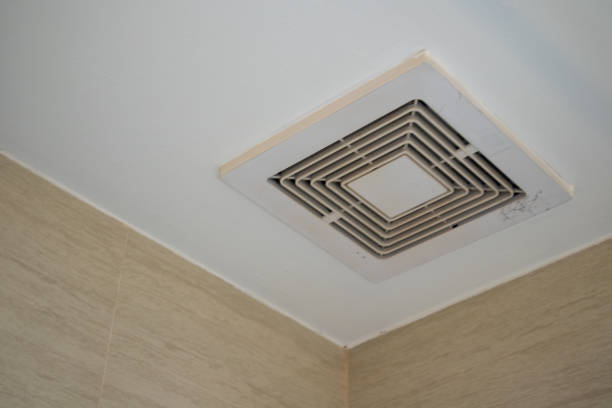
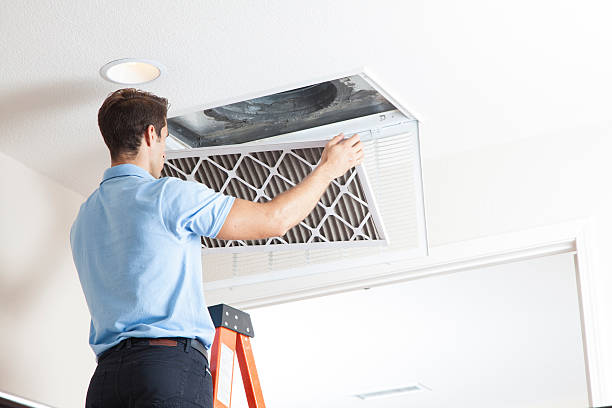
August: Maintain Efficiency
Before fall approaches, make sure your systems are running clean and your home is sealed tight. This month, take some time to replace your HVAC filters. Georgia’s hot summers push your system to the limit so filter replacement is essential to ensure indoor air quality. If the air filters become dirty or clogged, your system will work harder, increasing your energy bill and reducing its lifespan. If you have a separate air handler in your attic or your crawlspace, make sure your drain pan is dry and not leaking in the crawlspace. Be sure to assess your weatherstripping and replace worn or damaged parts. Weather stripping seals the gaps that let outside air in and indoor air out. These simple tasks can make a big impact on your home’s energy efficiency.
September: Clean, Clear, and Organize
As fall nears, September is a great time to clean and organize. Move your stove, fridge, washer, and dryer away from the wall and vacuum behind and underneath them to remove dust, lint, and debris. If you plan to use your fireplace, schedule a professional chimney cleaning to remove any creosote buildup and ensure proper ventilation. Dust your ceiling fans and baseboards to reduce indoor allergens before your home gets sealed up for cooler weather. Wrap up the month by organizing your garage or shed and checking for water damage or pest problems. It’s important to clean these spots in particular because they’re often overlooked. While you are cleaning, make sure to keep an eye out for signs of possible water damage. Take a look at our free water damage inspection checklist to find out what these signs could look like.
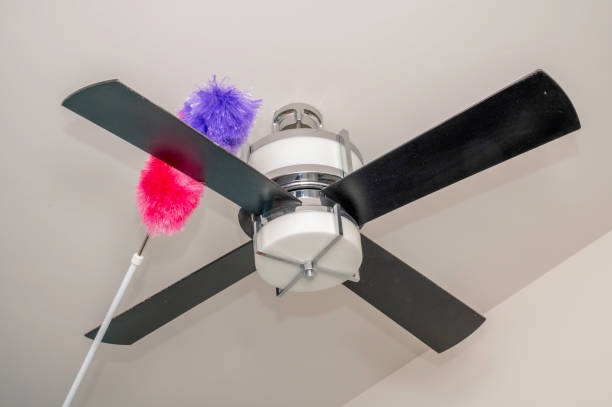
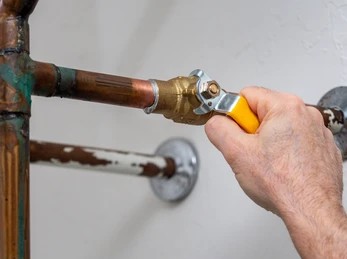
October: Fall Tune-Up
Get your home ready for cooler weather by focusing on systems that protect against the cold. Schedule a professional HVAC maintenance service to ensure your heating system is safe and fully functional. Drain your outdoor water hoses and store them in a dry place to prevent cracks or splits caused by freezing temperatures. While you’re at it, make sure you and your family know where your main water and gas shutoff valves are located. The water valves are typically in the basement or crawlspace near the front foundation wall. The gas valve is often located outside near the gas meter or where the gas line enters the house. Locations may vary by home, so it is important to learn yours. This knowledge can make a huge difference in an emergency like a burst pipe or gas leak.
November: Winterization Begins
With winter just around the corner, now’s the time to insulate and protect. Test your smoke and carbon monoxide detectors again. With heaters running and windows closed, the risk of indoor air hazards increases. Clean your gutters to remove fallen leaves and debris that can lead to water backups. While you are walking around cleaning your gutters, be sure that your crawlspace vents are closed in preparation for temperatures below freezing. Test your heating system by turning it on and listening for odd noises, uneven heating, or poor airflow. Finally, wrap any pipes located in unheated areas like crawlspaces, garages, or attics to prevent freezing and bursting.
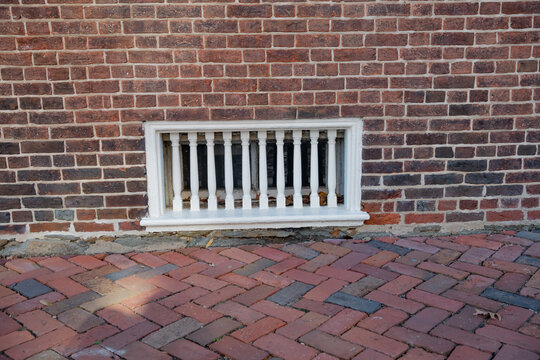

December: Finish the Year Protected
December is all about preparation and peace of mind. Start by inspecting all exposed pipes in unheated areas, such as crawlspaces, attics, or garages. Wrap or insulate any that are a risk for freezing. Change your HVAC filter once more to maintain clean indoor air during the colder months when your home is sealed up. If you have a septic system, schedule a professional pumping before heavy winter rains raise the water table and increase the risk of backups. Most importantly, review your household emergency plan. Talk with your family about what to do in case of a fire, flood, or power outage, and make sure your emergency kit is stocked and easy to access. The holidays also bring an increased risk of house fires, so take extra precautions. If you have a real Christmas tree, make sure it’s well-watered daily and placed away from heat sources like space heaters or fireplaces. Dry trees catch fire quickly and can ignite a room in seconds.
When using space heaters, keep them at least three feet away from anything flammable, and never leave them running unattended. Avoid overloading power strips with lights, decorations, or appliances—spread out plugs across multiple outlets and unplug anything not in use. And if you’re deep frying or grilling outside for holiday meals, keep the setup well away from the house, garage, or deck railings. Taking these fire safety steps can help ensure your home stays safe while you celebrate. Restore Pros knows that the number one way you can be a ProHomeowner is by protecting those who live in your home. Whether it’s walking through fire drills with your family or knowing where your gas shutoff valve is located, prioritizing safety pays off.
